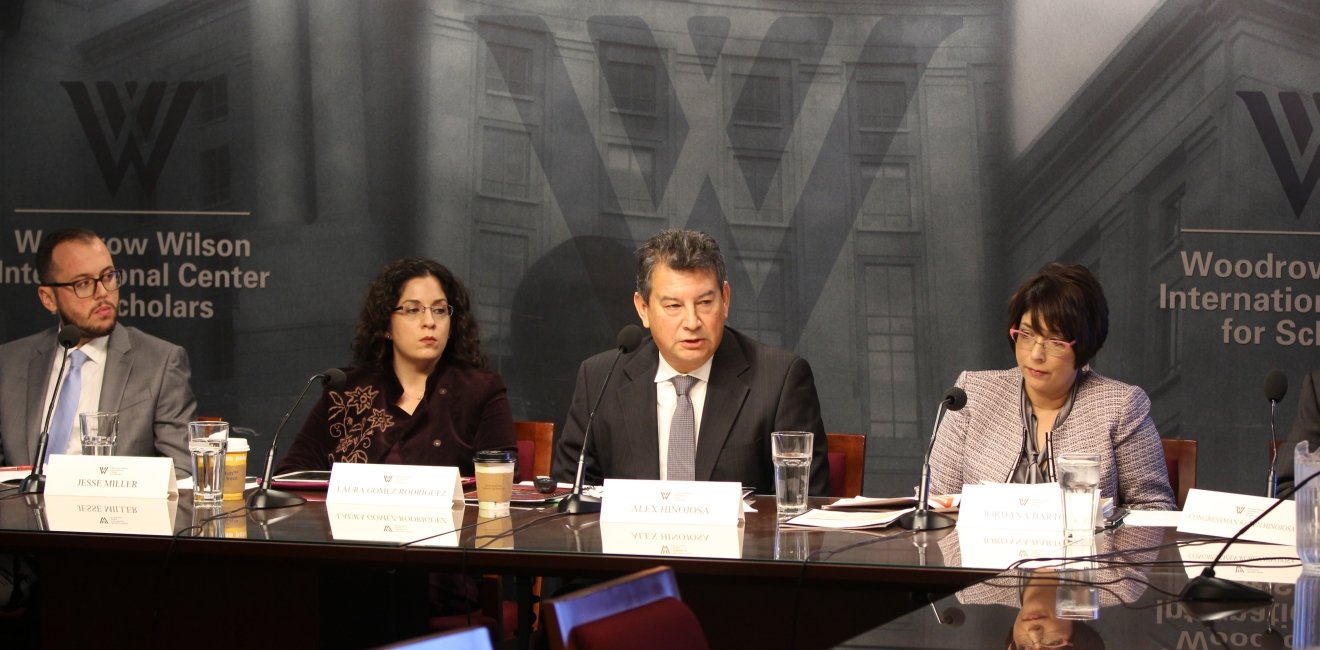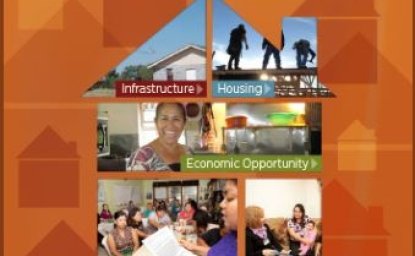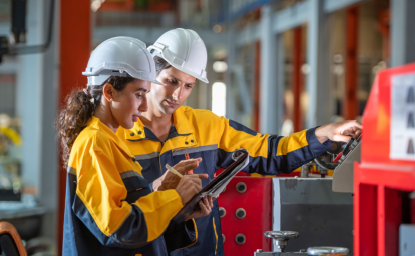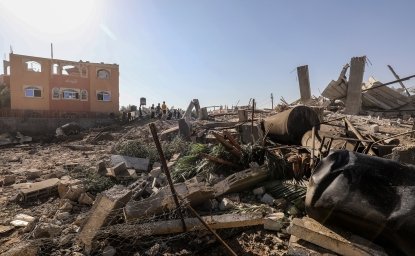The Wilson Center’s Urban Sustainability Lab and Mexico Institute, together with the Federal Reserve Bank of Dallas, hosted a panel of experts to discuss the challenges and opportunities facing the underserved low-income communities along the U.S.-Mexico border known as “colonias.”
Congressman Ruben Hinojosa, representing the 15th District of Texas opened the panel acknowledging the need for holistic policies to combat poverty. “I’m excited by the focus of this discussion here today. While we have made great strides to date there is still much work to be done. My district and the Rio Grande Valley in particular continue to be one of the poorest regions in the nation. We cannot continue to look at the community development issues in isolated bits and pieces. Only by taking a holistic approach to addressing the needs of our community can we hope to ameliorate the scourge of poverty.”
Conditions in colonias have improved over the past two decades, during which the number of residents with access to clean water and infrastructure services has increased. But Jordana Barton, co-author of “Las Colonias in the 21st Century: Progress Along the Texas-Mexico Border,” and Senior Advisor for Community Development at the Federal Reserve Bank of Dallas stated, “We need to look below the surface and beyond the numbers and to the human element to see, what does all this mean? And how is it impacting people?”
Alex Hinojosa, Deputy Managing Director of the North American Development Bank, a U.S.-Mexico lending institution that focuses on border communities, addressed the disparities still present in colonias, “Often…communities or colonias have the water line in front of their home…but it’s no longer a matter of having access to a water line, now it’s being in poverty to where you can’t hook up.”
Jesse Miller, Associate Director of buildingcommunityWORKSHOP, a non-profit design center in the Rio Grande Valley, detailed how public interest design practices have been used to facilitate community development within colonias. “We met residents when they were available and where they were available, in their neighborhoods, and with them we identified issues they faced, we confirmed any assumptions we had, and any findings we came across, and we helped them prioritize issues and opportunities.” Miller pointed out, “this isn’t a design problem, it’s a power problem, it’s a knowledge problem, [and] residents don’t know what options they have available to them.”
Laura Gómez-Rodríguez, Team Lead-Brownsville for the White House Council on Strong Cities, Strong Communities Initiative is working with communities in the border regions to communicate and connect needs with federal resources. “Cities are an entirely different culture of their own, and they know their issues. They’re the experts of what’s happening on the ground,” Góméz explained.






